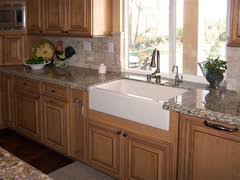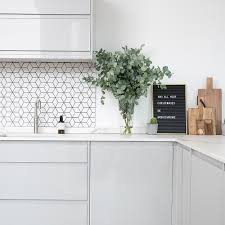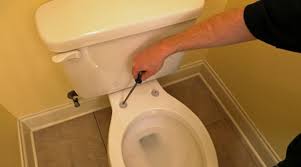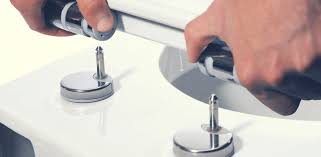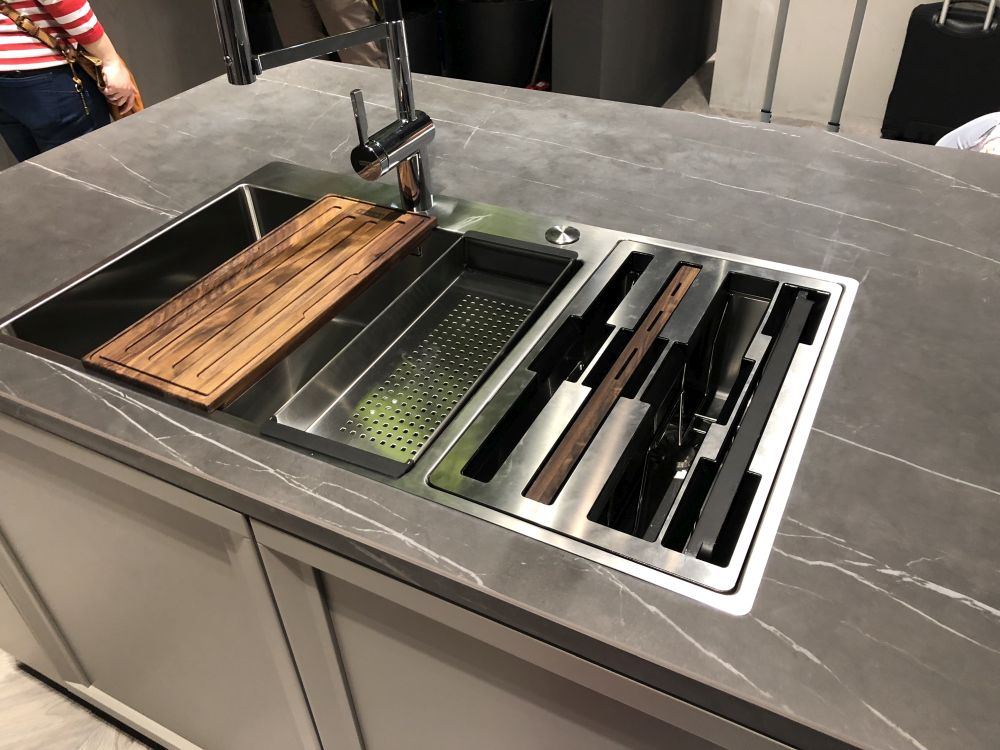Heat Pump Water Heaters in Cold Climates: Pros and Cons
We chose a heat pump water heater for our new house, and as I’ve recently discussed here, there are a lot of reasons why you might be doing the same. Using an air-source heat pump, heat pump water heaters (HPWHs) extract heat out of the air where they are located to heat the water
That means that a HPWH cools the space where it is located. That’s a good thing in the summer—it doubles as air conditioning—but in the winter it’s not so helpful. That’s especially the case in a cold climate in a house without a standard heating system.
Cooling the space where they are located
In a typical New house that has a furnace or boiler in the basement producing a lot of waste heat, a heat pump water heater can use some of that waste heat and it’s not really very noticeable—the less efficient the heating system the less noticeable is the effect of the HPWH
But we don’t have a heating system in our basement. As a result, our HPWH cools the space. With the cold weather we’ve had (as I write this it’s about –2°F) and our basement has stayed pretty cool: typically 50°F–54°F, though with the exceptionally cold weather we had a few weeks ago during a time of heavier hot water usage, the temperature dropped as low as 47°F. Our basement temperature would probably be considerably lower if my wife and I used a lot of hot water, but we’re pretty frugal.
In cooling the space where it is located, a HPWH makes the heating system work harder. In our house the heating system is a single mini-split air-source heat pump wall-mounted unit on a first-floor wall. That system delivers heat to the basement through the uninsulated floor and through the basement door, which we usually leave closed.
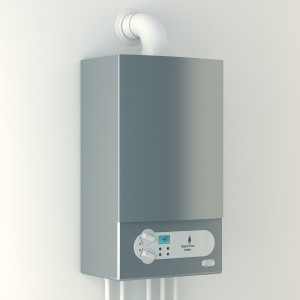
Your Water Heater Loves to Care for Your Family
Hot water—it’s one of those things you don’t think about much. But when it’s gone, it’s all you think about! Don’t stress over something that you can’t fix.
What’s Wrong with Your Water Heater?
Is your system not working like it should be? If your water heater isn’t doing its job, there’s a good chance something is wrong with it.
Here are the most common problems people have with their water heaters:
Not enough hot water- Pure and simple. If your water heater isn’t meeting your needs, then it’s time to call in the professionals.
Leaks- Don’t pay for hot water you’re not enjoying! Our plumbers will locate any leaks and properly seal them.
Unpleasant odors- This can indicate your system is rusting or decaying from the inside. Have your water heater repaired by a professional before it becomes unsalvageable.
Unusual noises- Bangs and rattles can mean there’s sediment buildup in your system, which can severely damage it. Call us to get your system working and sounding as it should.
Discolored water- Your water should always be crystal clear. Discolored water is a sign of rust in your pipes or water heater. If your water is an unusual color, this warrants professional attention.
When It’s Time to Part Ways with Your Water Heater
Water heater repair can sometimes be cost-prohibitive. You’ll pay for the necessary repairs only to face another problem shortly thereafter.
You can avoid this scenario by opting for water heater replacement. If your water heater is more than 10 years old, it’s probably on its last legs. When we examine your system, our plumbers will tell you the condition of your water heater and what we recommend
Water Heaters
What Should I Do If My Water Heater Is Leaking?
Is your water heater leaking? Here’s what you need to do: First, find the location of the leak. This will be helpful for you and your service technician. Turn off the power supply by switching the water heater circuit breaker to “off” for an electric water heater or by turning the dial to “off”
Hot water is one of those things everyone takes for granted in our modern society. A hot shower on a cold winter evening is relaxing. Hot water washes away dirt from laundry and grease from pans. And hot water comes in handy as an emergency defroster.
Most homeowners in Champaign are accustomed to reserving a corner of their basement or utility closet to a huge water heater tank. Cold water enters the tank, gets heated to a certain temperature, and is either used or slowly cools down. If it is not used, it needs to be reheated.
Energy Usage Drops
Regardless if you heat your water with natural gas, electricity, propane, or some other fuel, tankless water heaters use less energy. Instead of heating water only to let it cool down when you’re not using it, a tankless water heater operates on demand. When you request hot water in the shower, in the kitchen, or in the laundry, the tankless water heater prepares just the water you need and no more.
One Less Thing to Juggle
When hot water is limited to how much your water heater tank can hold, you may find yourself juggling when each family member showers or when you run your dishwasher or washing machine. Since tankless water heaters produce hot water on demand, you don’t have to schedule these daily tasks any more or worry you’ll run out of hot water when you need it most.
Water Heater
Unsecured water heaters often fall over, rupturing rigid water and gas connections. If your water heater does not have two straps that wrap completely around it and are screwed into the studs or masonry of the wall, then it is not properly braced. This illustration shows one method of bracing a water heater
Fresh water after a disaster may be as close as your water heater – provided, of course, that it remains standing upright. A typical water heater holds 30 to 50 gallons of water.However, this supply of water is extremely vulnerable to the ground undulation (swells and rolls) and ground acceleration of earthquakes, causing them to tip over.
Changes to strapping recommendations
Your tank may be strapped, but incorrectly, as old methods are no longer recommended. Experts have modified the recommended procedure for strapping water heaters because many tanks broke through their strapping
Experts recommend these two important changes:
Secure both the top and the bottom, rather than just the top or just the middle, of the hot water tank.
Use heavy-gauge metal strapping rather than plumber’s tape. Many water heaters in both the 1989 and the 1994 earthquakes broke through the plumber’s tape that was intended to keep them secure. The thin metal in plumber’s tape has been found to be too brittle to be effective.
Secure your water heater.
There should be very little space between the water heater and the wall. If there is more than 1 or 2 inches, attach a wooden block to the wall studs with long lag screws (see illustration on page 20). The purpose is to prevent the heater from tipping backwards.
Wrap the heavy-gauge metal strapping 1½ times around the tank. Start by placing the strapping at the back of the tank. Bring it to the front and then take it back to the wall (see illustration below).
Secure this strapping to the wall studs or the wood block using several 1/4″ x 3″ or longer lag screws with oversized washers. If you are securing it directly into concrete, use 1/4″ expansion bolts in place of the screws.
Replace all copper and metal piping with flexible natural gas and water line connectors.

Hot Water Heaters
By default, tap water is neither hot nor cold. It depends on the temperature of the pipes. If it’s the winter, your water will be cold and hot if it’s the summer season. If you want to get hot water constantly, you need a water heater.
Hot water heaters are mechanically simple in terms of function. Cold water goes in, hot water comes out. This applies to the many types of water heaters in the market today. But what is it about water heaters that make them complicated? I can think of two things: the installation and the maintenance.
Knowing the kind of water heater that you have, and knowing the kind of water heater you want to purchase, can help you prolong the lifespan of your heater and also help you save money on repairs and installation. Listed below are the different kinds of water heaters available in the market today and some interesting tips on how you can go about with the installation and maintenance of your old or new hot water heater system.
Gas or Conventional Storage Water Heater
Gas water heaters are the most common type of water heater and are by far the oldest unit around. This water heater possesses an insulated storage tank used to hold quantities of heated water and can store anywhere between 30 and 80 gallons. Conventional water heaters are usually powered by whatever service is present in your home – like natural gas, liquid propane, oil, and even electricity. Inside the tank, you’ll find a gauge that reads the water temperature and when the temperature drops to a preset level, the unit will start up to bring the water temperature up. This is a continuous heating process that goes on for 24 hours a day, 7 days a week. It heats when you sleep or when you’re away on vacation. Gas water heaters actually force you to pay for heated water that you don’t even use but one good thing about gas or conventional water heaters is that there’s always hot water waiting for you.
Simple maintenance tips for gas water heaters
Draining and flushing should be done twice a year to prevent the build-up of sediment and minerals.
Check if your pressure relief valve is still working or in good condition.
Prior to doing any maintenance, be sure to turn off your heater’s power supply or set the gas switch to the pilot position.
Tankless or Instantaneous Water Heaters
If you don’t want to be bothered with a huge tank in your home, then you can go for the tankless or instantaneous water heaters. These water heaters are often called “hot water on demand” because they only provide you with hot water when you ask for it, which makes it very practical due to the significant energy savings that you get out of it. You only get to pay for the hot water that you use. The only downside to these tankless water heaters is the low flow rate and its inability to accommodate simultaneous household use. If you’re using the hot water for showering, you can’t use hot water for taps or for the dishwasher at the same time. If this poses a problem, then you need to buy another tankless water heater for separate appliances. This is what most homeowners usually do. They have a designated water heater for the kitchen tap, dishwasher, bathroom tap, shower, and other plumbing appliances and fixtures. A conventional water heater can last for up to 15 years while a tankless water heater can function for 20 years or more but its longevity can come at a cost, literally. Tankless water heaters cost twice as much as conventional models.
